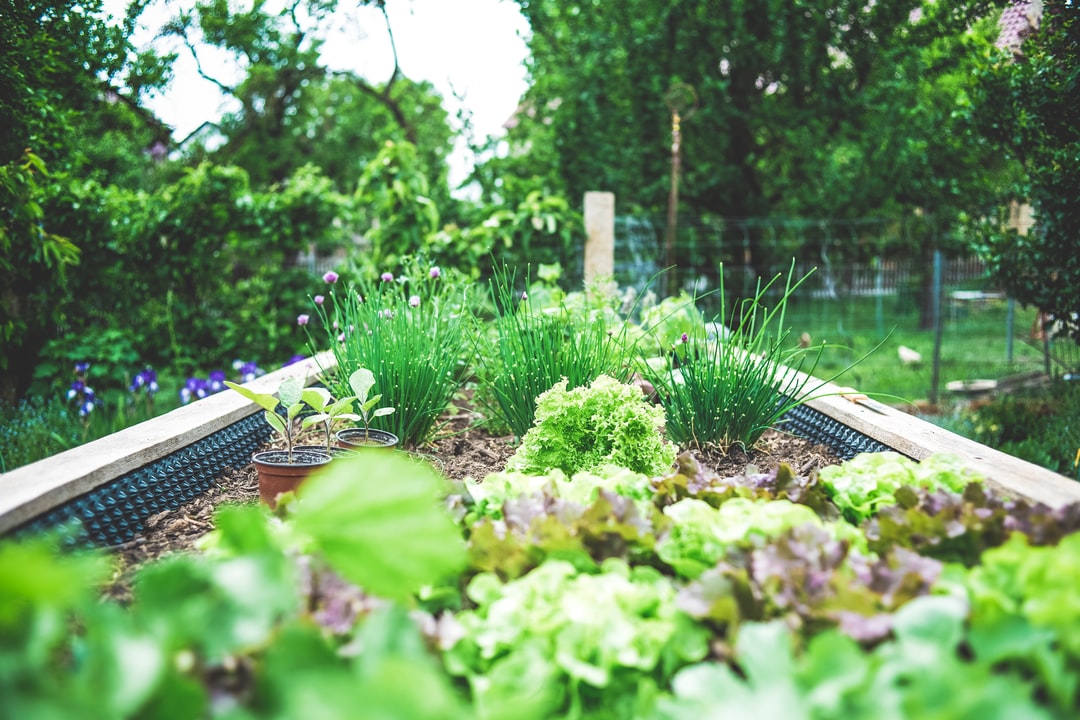A vegetable home garden is a great way to get fresh produce right from your own backyard. But, if you want to ensure your garden is successful, you need to plant it correctly.
Choose the Right Location
When choosing a location for your home garden, it is important to consider both the climate and the soil type. The climate is determined by the latitude and elevation of your home, while the soil type is determined by the type of bedrock under your property.
If you live in an area with cold winters, you will want to choose a location that receives plenty of sunlight. Or, if you want to grow vegetables that require warm temperatures, choose a location with plenty of sun but some shade during the summer.
Another factor to consider when choosing a home garden location is wind direction. Most gardens benefit from airflow from prevailing wind directions, but some plants are more tolerant than others and may do well in even strong winds.
When in doubt, consult with a local gardening expert or check out gardening sites such as Gardeners Supply Company or PlantList to get an idea of what may work best for your specific situation.
Prep the Soil
Soil is one of the most vital factors in home gardening. Healthy soil can support a variety of plants, and it needs to be prepared properly before planting anything. You can do a few stuffs to prepare your soil before planting: add organic matter, improve drainage, and add amendments.
Organic matter will help improve the soil’s texture and make it more fertile, while improving drainage will help prevent moisture from settling in the ground and causing problems. Finally, adding amendments can provide specific nutrients or minerals that your plants may need.
Many different types of amendments are available, so be sure to choose the right ones for your garden’s soils and plants.
Plant the Vegetables
When you’re ready to plant your vegetables, there are a few things you’ll need to take into account:
- Decide where you want your plants to grow. You can either put them in a pot on the floor of your living room or garden on the ground.
- Figure out what type of vegetable you’d like to grow. There are dozens of different types of vegetables to choose from, so it’s important to research which ones are best for your climate and soil type.
- Purchase the necessary supplies: a potting mix, seeds, water containers, and tools.
Water and Fertilize
Watering is one of the most important steps in home gardening. Make sure to water your plants deeply and often enough to keep them hydrated, but not so much that the soil becomes saturated.
Overwatering can cause root rot, while underwatering can cause plants to dry out and die. To determine how much water your plants need, use a soil moisture meter or consult a gardening book or online resource.
Once you’ve determined how much water your plants need, fertilize them according to the type of plant and the amount of fertilizer recommended on the package. Fertilizing helps promote healthy growth and flowering in garden plants.
There are many different types of fertilizers available, so be sure to read the instructions on the package before using it.
Care for Your Vegetable Garden
The care of a vegetable garden can be divided into three phases: Preparation, Planting, and Care.
1. Preparation: Before you plant, do some preparatory work such as preparing the soil, adding organic matter, and preparing the planting site.
2. Planting: As soon as the ground is warm enough, begin planting your vegetables according to their preferred soil temperature zone. Choose varieties that are tolerant of your region’s specific conditions such as cold weather or high moisture levels.
3. Care: Maintaining a vegetable garden is about ensuring it receives the suitable water and nutrients while preventing pests and diseases. There are many different methods for doing this, depending on the specific needs of your garden.
With a little bit of preparation, you can have a successful vegetable home garden that will provide you with fresh produce for years to come.











